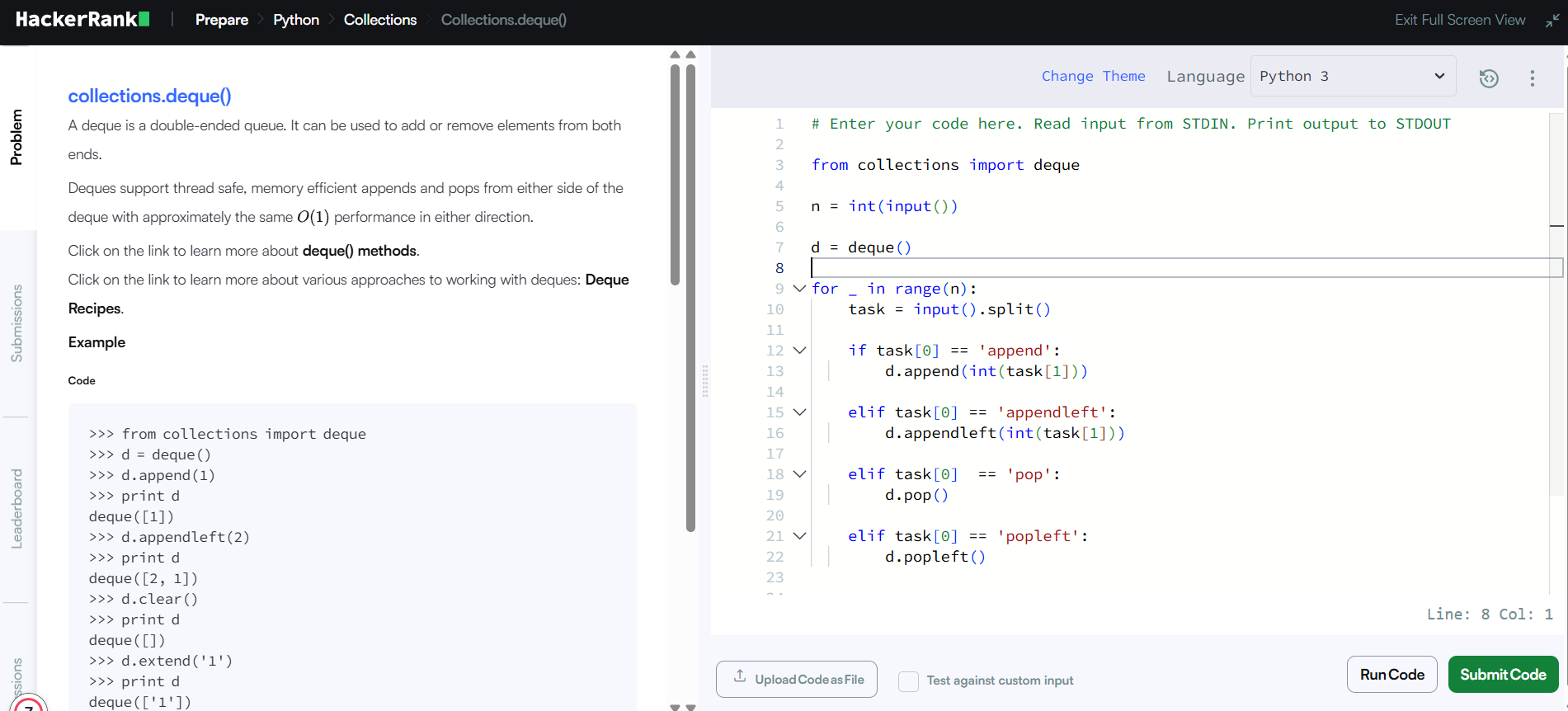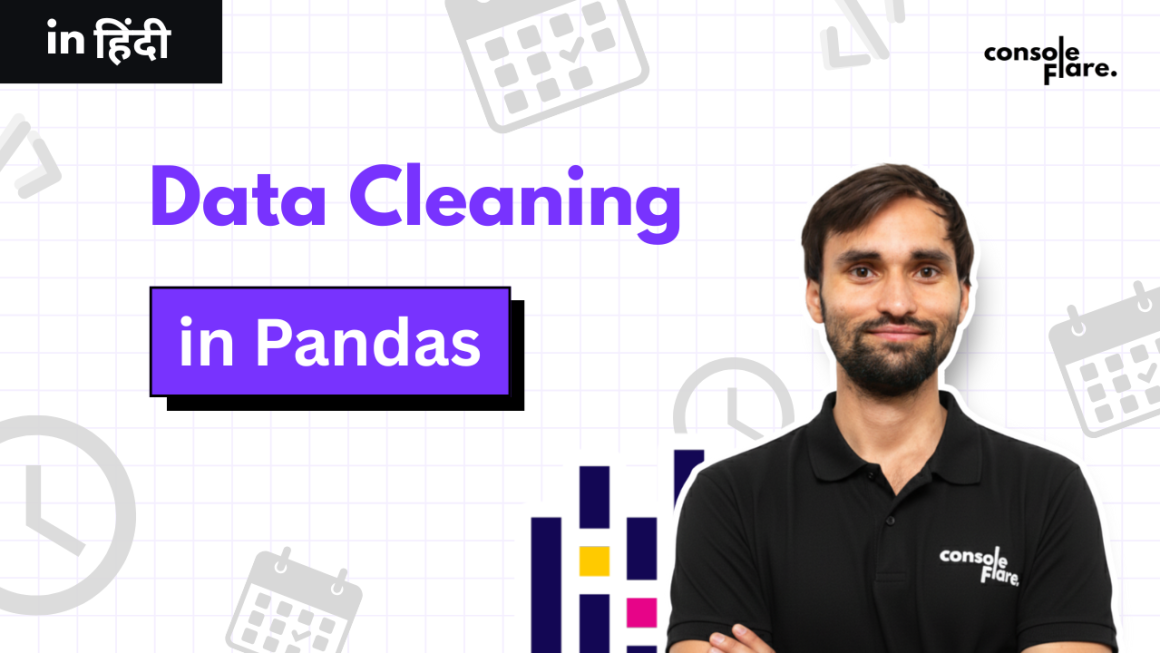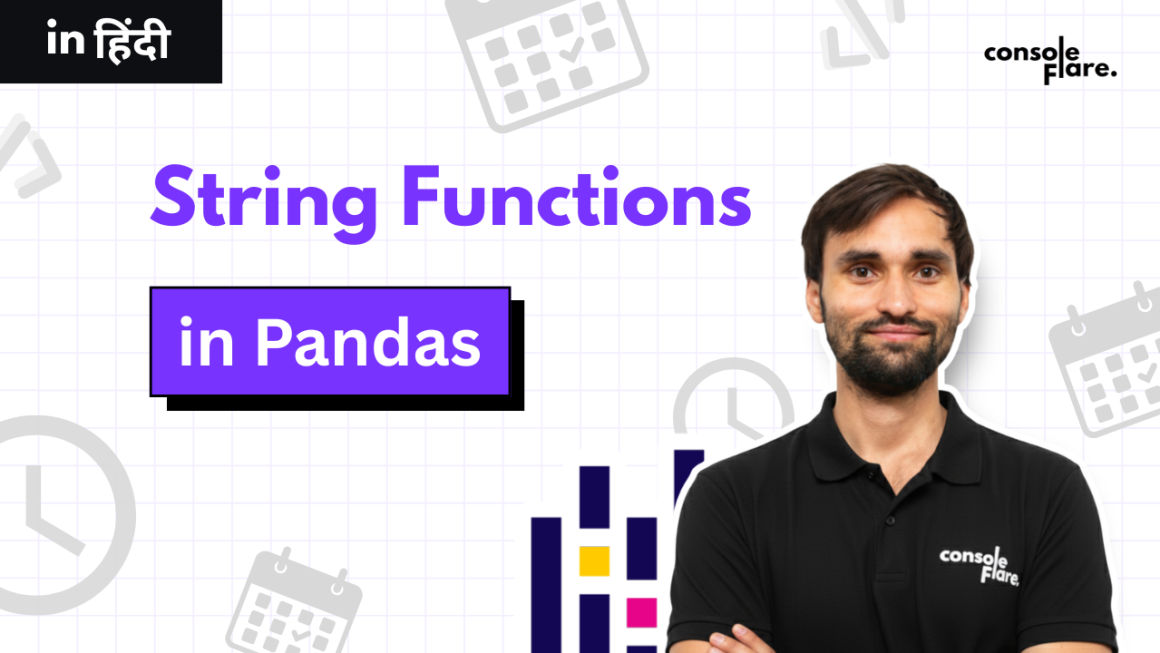HackerRank Collections.deque() Solution in Python
Why is deque used in Python?
I initially wondered, “Deque?” when I came across HackerRank’s Collections.deque() problem. It sounds like a science fiction device. It’s just a clever Python trick, though, and this challenge is a great way to hone your skills. Like we’re having coffee, I’ll walk you through it, sharing the code that worked for me and a few tips I learned along the way.
Alright, so what is a deque?
A deque, which is pronounced like “deck,” is an acronym for a double-ended queue. Think of a food truck line where you can pull burgers off the front or back or toss them onto either end. That is a deque! It functions similarly to a list, but it’s designed to be faster when working with both ends.
You are able:
Pull things off of either side and shove them onto the front or back.
All you need to get going is:
python
from collections import dequeFor example, deques are excellent for tracking moves in a board game or managing your Netflix queue. They perform these tricks far more quickly than lists.
What Is the Topic of This HackerRank Problem?
Once you understand how to use Collections.deque(), the challenge is quite easy. Here’s what you’re doing:
You receive a number that indicates the number of commands you will be handling.
Commands such as pop, popleft, append, and appendleft will be used.
Lastly, print the contents of the deque in a single line, with spaces between each entry.
Python Code That Completes It
Here’s the code that helped me out in this situation. It is easy to use and very effective:
python
from collections import deque
n = int(input())
d = deque()
for _ in range(n):
task = input().split()
if task[0] == 'append':
d.append(int(task[1]))
elif task[0] == 'appendleft':
d.appendleft(int(task[1]))
elif task[0] == 'pop':
d.pop()
elif task[0] == 'popleft':
d.popleft()
print(*d)The Step-by-Step Operation of This Code
Let’s dissect it as if we were going through an old CD stack:
- Grab the deque: importing a deque from collections is similar to taking your playlist app out of your pocket.
- How many commands?: n = int(input()) asks how many changes you’re making to the playlist. Like, how many songs are we messing with?
- Start with an empty deque: d = deque() sets up a blank deque. Keeps it nice and simple.
- Loop through the tasks: for _ in range(n) goes through each command. I used _ because I’m too lazy to count loops.
- Handle the tasks: task = input().split() turns each input (like append 5) into a list like [‘append’, ‘5’].
- Then:
- append: Adds a number to the end of the deque, like queuing a song at the end of your playlist.
- appendleft: Slips a number at the start, like putting a banger at the top.
- Pop: Skips the final track or drops a number from the end.
- popleft: Removes one from the start, like cutting the first song.
Play the last list: All of the numbers in the deque are displayed in a single line with spaces when print(*d) is used. Using the * is similar to pressing “play all” to view your entire playlist.
An Actual Case to Understand It
To make it very clear, here is an example:
Input:
6
append 1
append 2
appendleft 3
pop
popleft
append 4Output:
1 4Adding a few tracks, skipping the first and last ones, and checking what’s still in the queue is similar to curating a playlist.
Why This Issue Is So Interesting
I was excited about this challenge since it’s similar to solving a game puzzle. You learn:
- How to use a deque like it’s your best friend
- Handling input without wanting to chuck your laptop
- Fast queue tricks that feel like magic
- Nailing the exact output HackerRank wants
I still get a kick out of remembering when my code passed every test case. It’s like landing a perfect skate trick after falling a dozen times!
How Quick Is This Code?
- Time Complexity: Every operation (append, pop, etc.) is O(1). Compared to me running to catch the bus, that is faster!
O(n) is the space complexity, where n is the number of numbers in your deque.
Deques are speedy because Python’s coders snuck in some genius behind-the-scenes stuff.
Keep Rocking the Code
Do you want to learn more? Here are a few places to visit:
Related Post:
HackerRank Set pop(), remove(), and discard() Python Solution | In 7 Step-by-Step Explanation
HackerRank Python Solution – Using itertools combinations_with_replacement | In 5 Easy Steps
Conclusion:
The fusion of data science in the finance sector is not just a technological evolution but also a fundamental shift in the way the financial industry operates. From predictive analytics to personalized financial services, the applications of data science are reshaping traditional practices and opening up new possibilities. As we all move forward, the synergy between finance and data science will continue to evolve, creating a more robust, efficient, and resilient financial ecosystem. In this data-driven era, those who embrace the power of data science will be at the forefront of innovations and success in the world of finance.
Want to know what else can be done by Data Science?
If you wish to learn more about data science or want to advance your career in the data science field, feel free to join our free workshop on Master’s in Data Science with Power BI, where you will get to know how exactly the data science field works and why companies are ready to pay handsome salaries in this field.
In this workshop, you will get to know each tool and technology from scratch, which will make you skillfully eligible for any data science profile.
To join this workshop, register yourself on ConsoleFlare, and we will call you back.
Thinking, Why Console Flare?
Recently, ConsoleFlare has been recognized as one of the Top 10 Most Promising Data Science Training Institutes of 2023.
Console Flare offers the opportunity to learn Data Science in Hindi, just like how you speak daily.
Console Flare believes in the idea of “What to learn and what not to learn,” and this can be seen in their curriculum structure. They have designed their program based on what you need to learn for data science and nothing else.
Want more reasons?
Register yourself on ConsoleFlare, and we will call you back.
Log in or sign up to view
See posts, photos, and more on Facebook.






